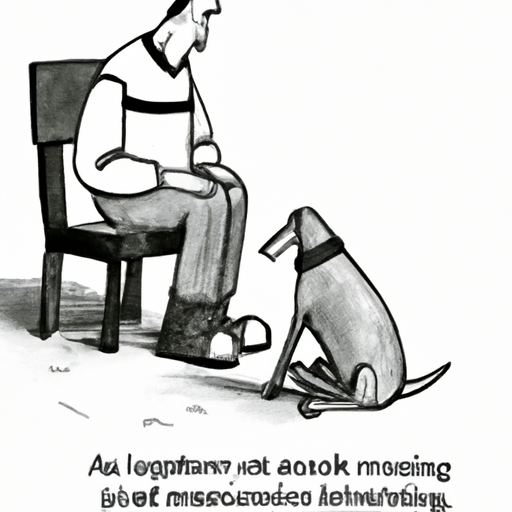Dogs are not just a pet; they are an integral part of your family. You, as a caregiver, always want to ensure they are healthy and happy. But what if you notice your dog’s leg shakes when sitting? This could be a cause of concern. Let’s delve into this topic and uncover the potential reasons and remedies.
1. Understanding The Shaking Phenomenon
Your dog’s leg shake could be due to various reasons. It could be as simple as an itch or as severe as a neurological disorder. Here are a few possible causes:
- Cold: Dogs, like humans, shiver when they’re cold.
- Excitement or Fear: Emotional responses can cause shaking.
- Pain or Illness: Shaking might be a sign of discomfort or disease.
- Aging: Older dogs may shake due to weakened muscles or arthritis.
2. Potential Health Concerns
If the shaking is frequent and persistent, it might be a sign of a more severe health issue.
- Musculoskeletal Issues: Dogs may shake due to pain in their bones, joints, or muscles.
- Neurological Disorders: Shaking could be a symptom of a neurological condition, like degenerative myelopathy.
- Canine Distemper: It’s a viral disease that affects a dog’s respiratory, gastrointestinal, respiratory, and central nervous systems, as well as the conjunctival membranes of the eye.
| Potential Health Concern | Symptoms |
|---|---|
| Musculoskeletal Issues | Limping, difficulty moving, apparent pain |
| Neurological Disorders | Loss of coordination, altered gait |
| Canine Distemper | Fever, nasal discharge, coughing |
3. How to Respond to Your Dog’s Shaking
You know your dog better than anyone else. If you see your dog’s leg shakes when sitting, observe the frequency and severity of the shake. If it’s occasional, it might not be a cause for concern. However, if it is frequent and associated with other symptoms like whining or limping, it’s time to consult a vet.
4. Prevention and Treatment
Preventing your dog’s leg from shaking might not always be possible, mainly if it’s due to aging or an underlying health issue. However, certain steps can be taken to improve your dog’s overall health and reduce the shaking.
- Regular Exercise: Helps to build strong muscles.
- Healthy Diet: A balanced diet ensures your dog gets all the necessary nutrients.
- Regular Vet Check-ups: Early detection of potential health issues can prevent complications.
5. FAQs
Q. Is shaking a sign of pain in dogs?
A. Yes, shaking can be a sign of pain in dogs, but it’s not always the case. It could be due to cold, fear, or excitement.
Q. Should I take my dog to the vet if his leg shakes?
A. If the shaking is frequent and/or associated with other symptoms, you should consult a vet.
Q. Can shaking be a symptom of a severe health issue?
A. Yes, frequent and persistent shaking could be a symptom of a severe health issue like a neurological disorder or canine distemper.
Remember, as a caregiver, it’s essential to stay informed and aware of your dog’s behavior. If you notice anything unusual, don’t hesitate to consult with a veterinarian. After all, a healthy dog is a happy dog!



